PSA: MICROFIBERS AND YOU! A microfiber is a synthetic fiber which is less than ten micrometers (or microns, abbreviated μm) in diameter1. This is really thin: for contrast, human hairs vary from 50-300μm2, tussah silk is 28-30μm and regular silk (bombyx silk, from the domestic silkworm) is 10-13μm3. Microfibers can come from any synthetic fabric, whether polyester, nylon, or any number of polymides or blends. Microfibers come off our synthetic fabrics every time we wash or dry them, and even, possibly, in daily wear. This is not a good thing for the environment; for this reason, the recommended care of microfiber, to minimize its damaging effects, is to wash in cold water with liquid laundry soap and hang-dry, thus protecting the fabric from abrasion and damage. So if microfibers come from any synthetic fabric when it degrades, what is a microfiber fabric? Simple enough: a microfiber fabric is deliberately made with fibers of less than 10μm, like eyeglass cleaning cloths, microfiber dusters, moleskin, peachskin, Minky fleece, et cetera. Such fabrics have a desirable softness (my Rainier cherry fabric is amazing in texture!), but if even regular polyester breaks down into microfibers, which are bad for the planet, then surely fabrics which are already microfiber are part of the problem! Well, I couldn't resist this microfiber because of the print and texture, but I will be caring for it to preserve its integrity and keep it out of a landfill as long as possible! For notions, I shop my stash and find a zipper, hook-and-eye, rayon seam-binding, piping, and interfacing. I also find a bit of gray cotton to use for the belt. PATTERN WORK One thing I forgot to mention in my post about working with the pattern: this pattern calls for shoulder pads, but I will not be making them, which did effect how I fitted the bodice's yoke. I have no need for shoulder pads, since I have broad shoulders already (I know this because I have compared my shoulders with various "standard" sized dress forms which otherwise match me pretty well), and since my chosen fabric is so light that the shoulder pads would show through in outline, most egregiously. I'll save shoulder pads for another project! So! Time to cut the fabric! Here are the pattern pieces laid out on the fabric:
CONSTRUCTION - NECKLINE
Let's flashback to the muslin. Recall that it was too small in the neck? It's not that I have a big head... actually, I think my head is quite small. I have two hypotheses about the tiny neckline:
Well, after making the neckline in the dress fabric, I try again, and it's still too small. Here's how I fix the issue:
VINTAGE TECHNIQUE FOR YOKE APPLIQUÉ In making the muslin, I did a modern-typical right-sides-together (RST) construction, and ended up with messy corners and trouble. For this version of the dress, I paid attention to the original instructions and did it their way, which I'm calling appliqué construction.
The next step is to gather the bodice pieces and pin/baste them to the yoke, with the yoke on top.
WAISTLINE WOES Since the dress is finally wearable, I try it on and have an unpleasant surprise: instead of the front wasitline yokes hugging my body in the cute way the pattern illustration suggests, they sag forward into a shapeless bag! The prblem is that the baggy back doesn't provide any tension to pull the top of the yoke snug! I consider briefly, and come up with an easy fix. I stretch an elastic from yoke-side to yoke-side around my back, pulling it a little snug. I tack the elastic to the side-seam allowances inside the dress. When I put the dress on, I have to make sure not to get tangled in the elastic, but to put it behind my back. The more I think about this, the more it seems like a design flaw, possibly occurring because the dress was designed on paper and not tested. Look at the side view:
The belt does help, but I am still tempted to gather the back to the elastic, perhaps with a casing, so the waist looks better overall! If I ever make this dress again, I'll make the waistline yokes extend to the back! Not that I'm vain or anything (okay, a little vain), but I have an hourglass figure and I want to show it! Weird side-back bagginess is not my cup of tea. COSTI paid $17.48 for the fabric: it was $9.99/yard (less 30% because I had a discount), and I bought 2.5 yards. All other materials were from my stash. FINAL THOUGHTS I LOVE this dress! I love the way it swishes and billows when I walk (it does fit over my petticoat), and the colors and the fit (except for the side-back weirdness), and the style, and the way it makes me look taller and more curvy! I will post some pretty pictures soon. Happy happy happy!
1 Comment
The Sister
7/30/2019 03:49:00 am
Nice job! I like the pattern; busy but cheerful and appealing. I’ll bet it’s fun to swish around in.
Reply
Leave a Reply. |
Karen Roy
Quilting, dressmaking, and history plied with the needle... Sites I EnjoyThe Quilt Index Categories
All
Archives
March 2024
|
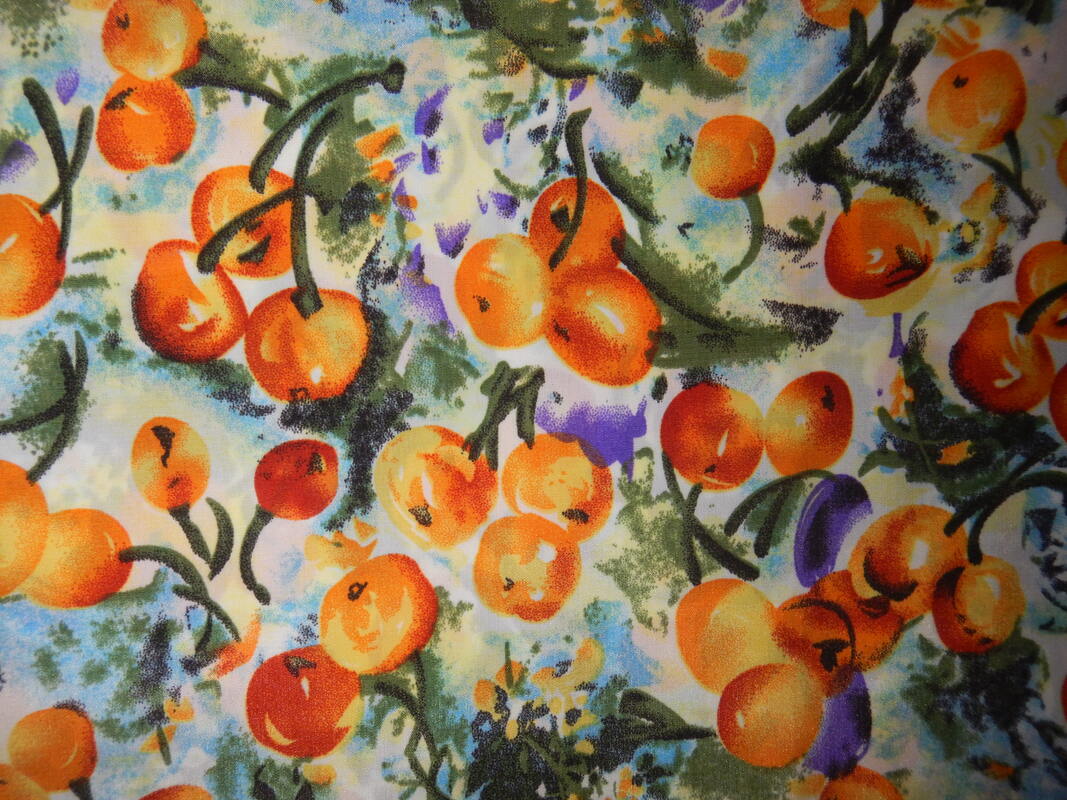
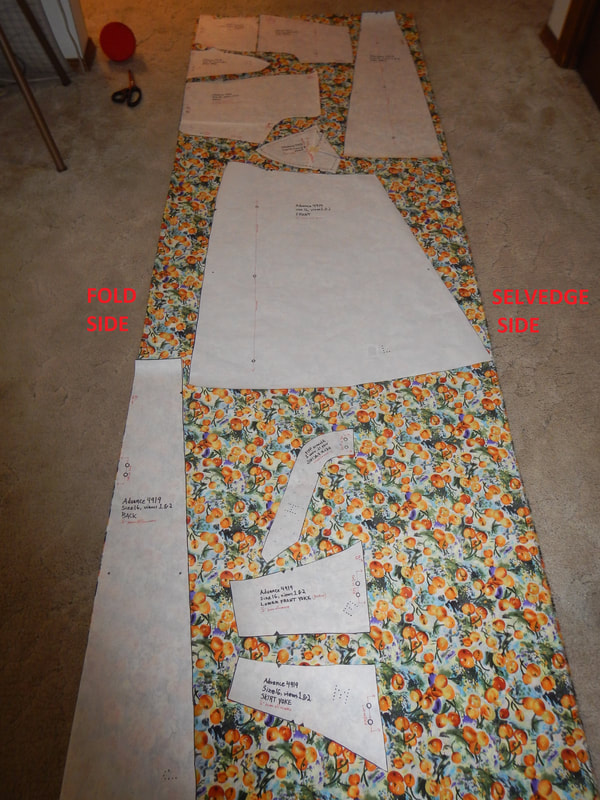
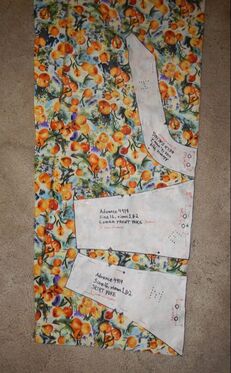
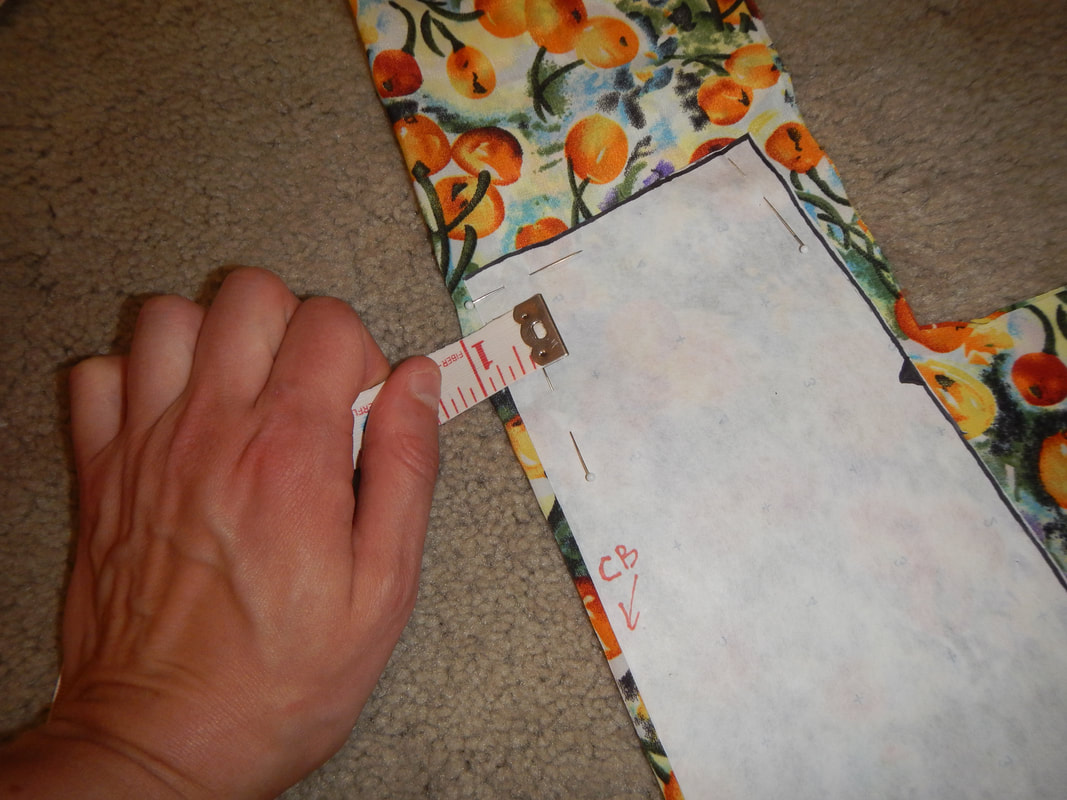


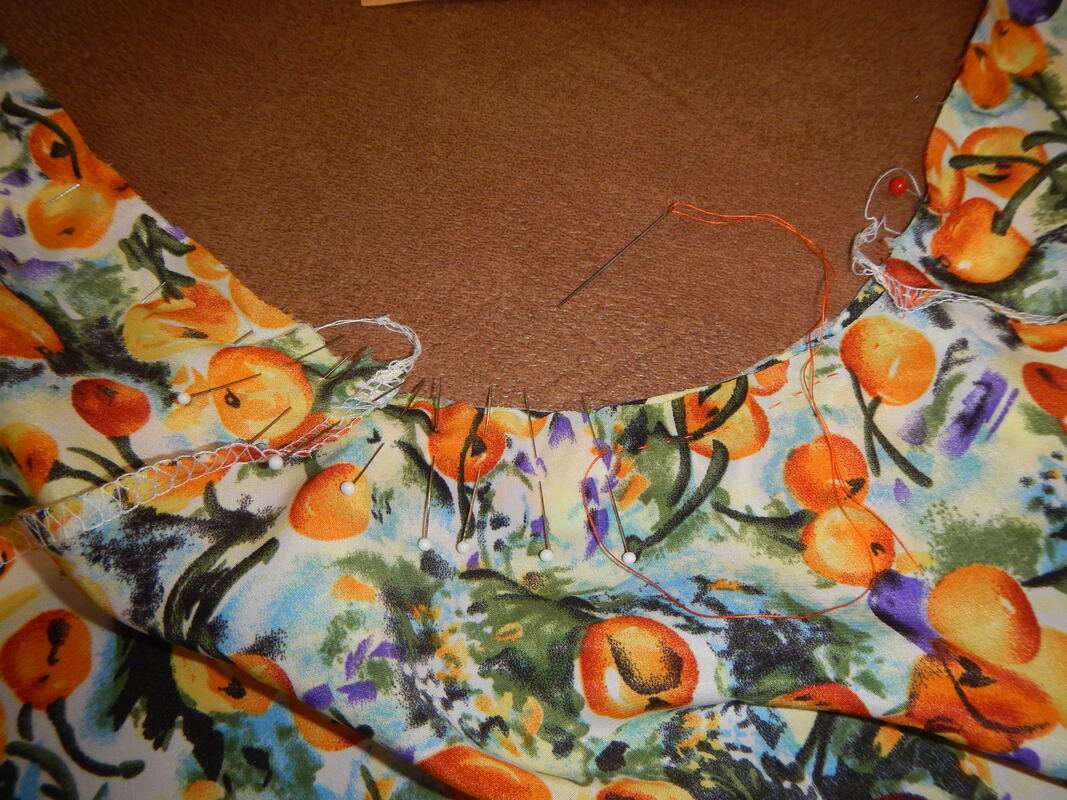
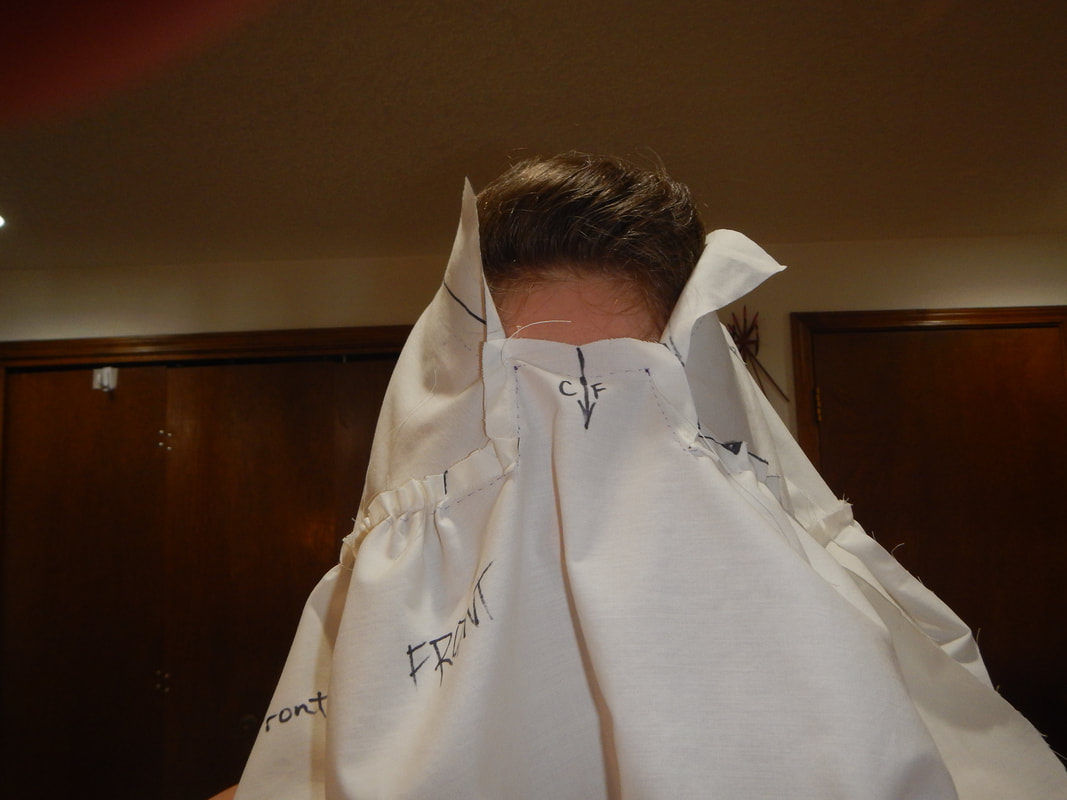
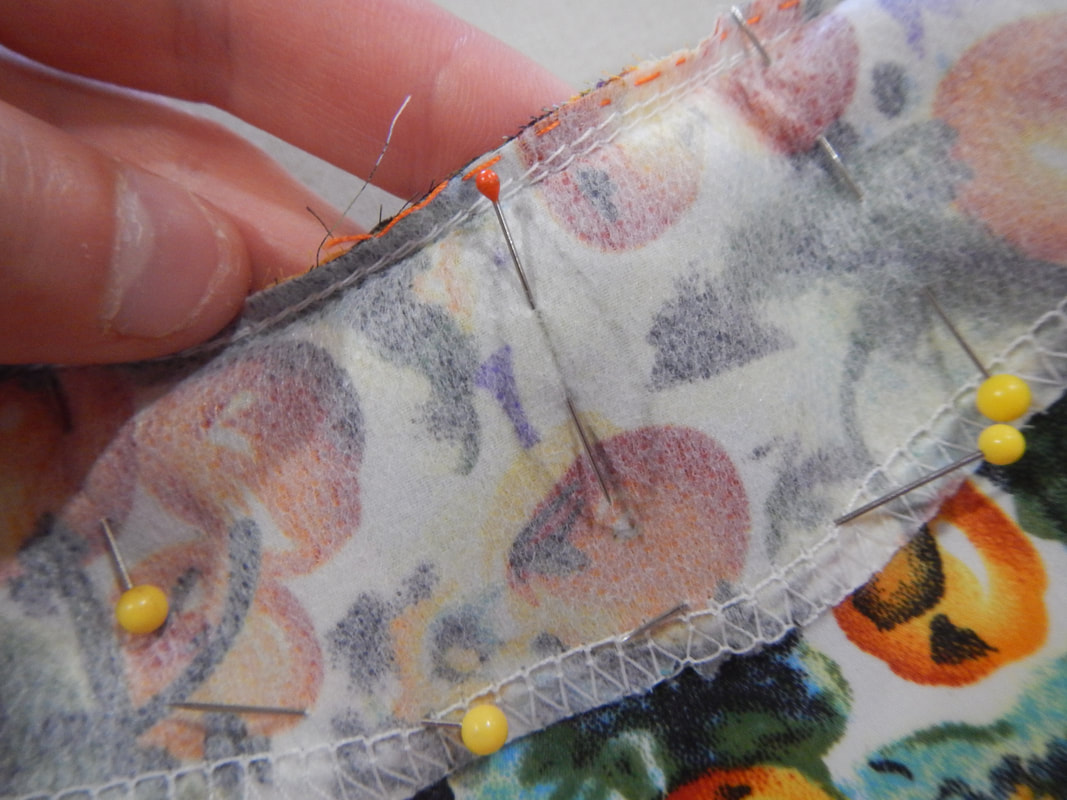
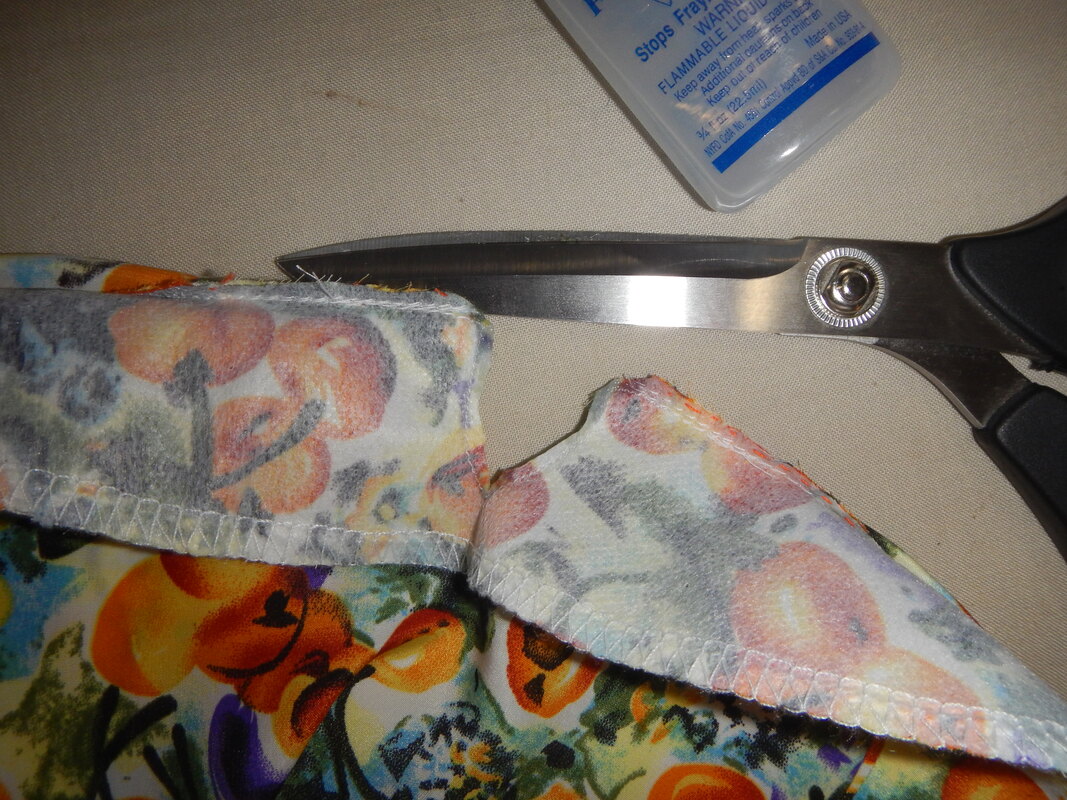
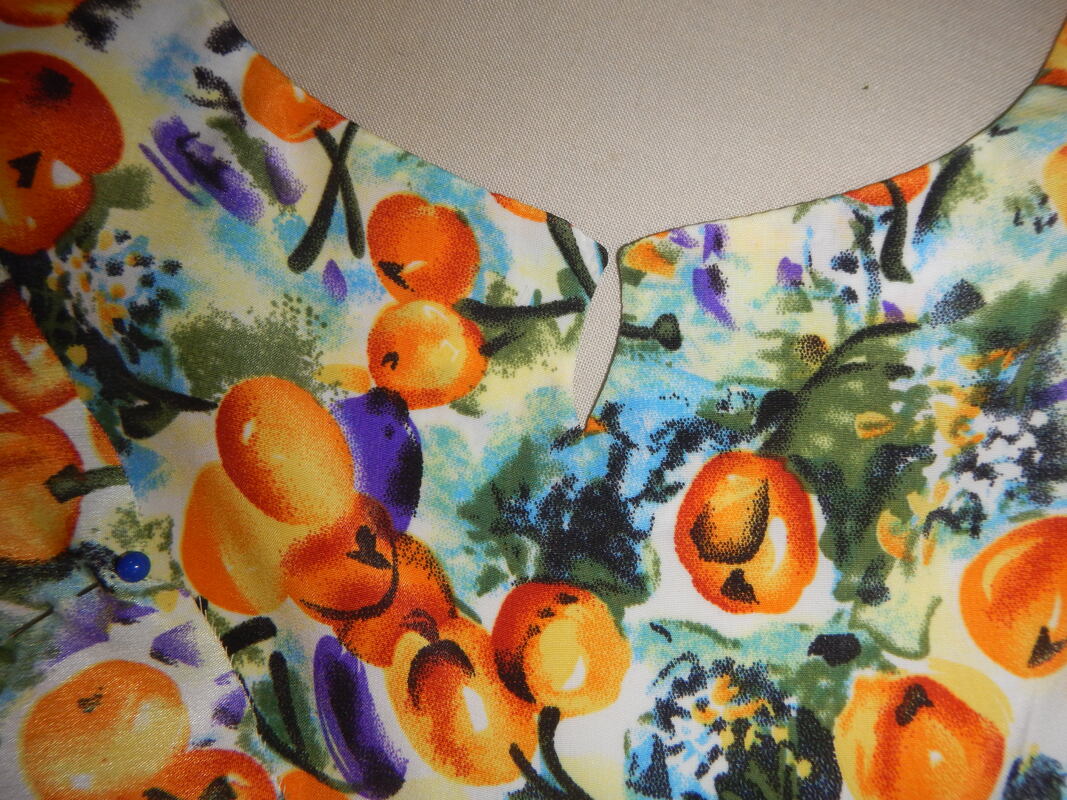
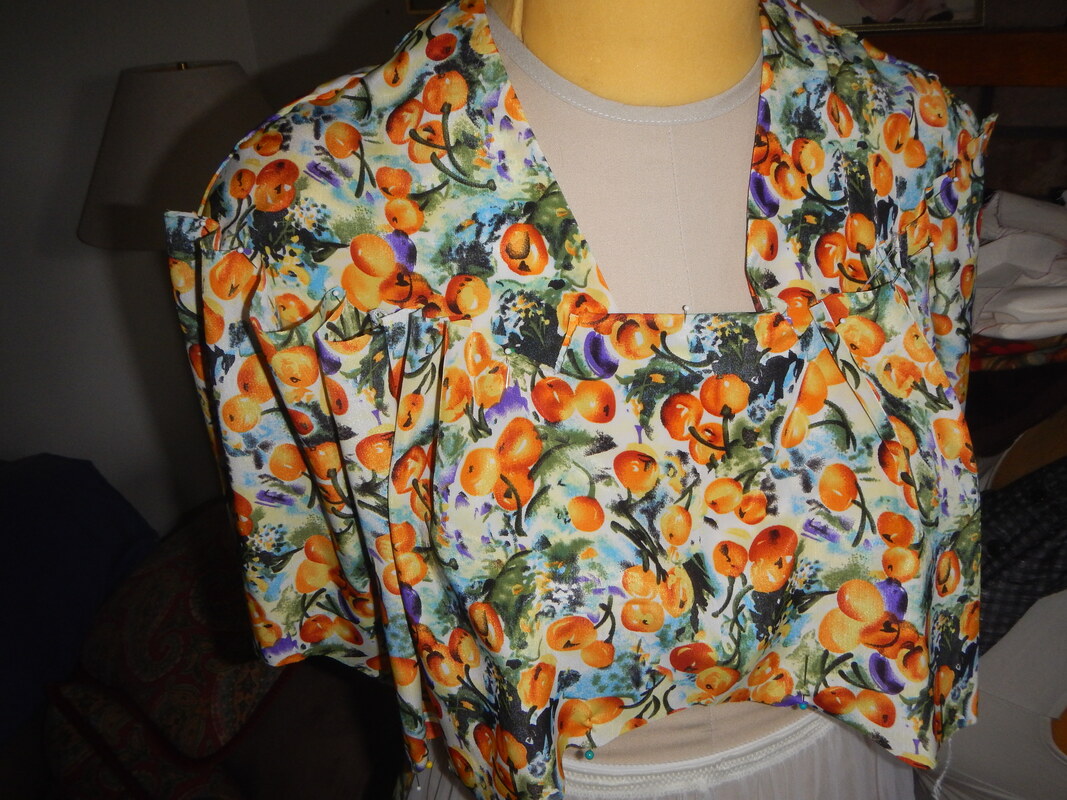
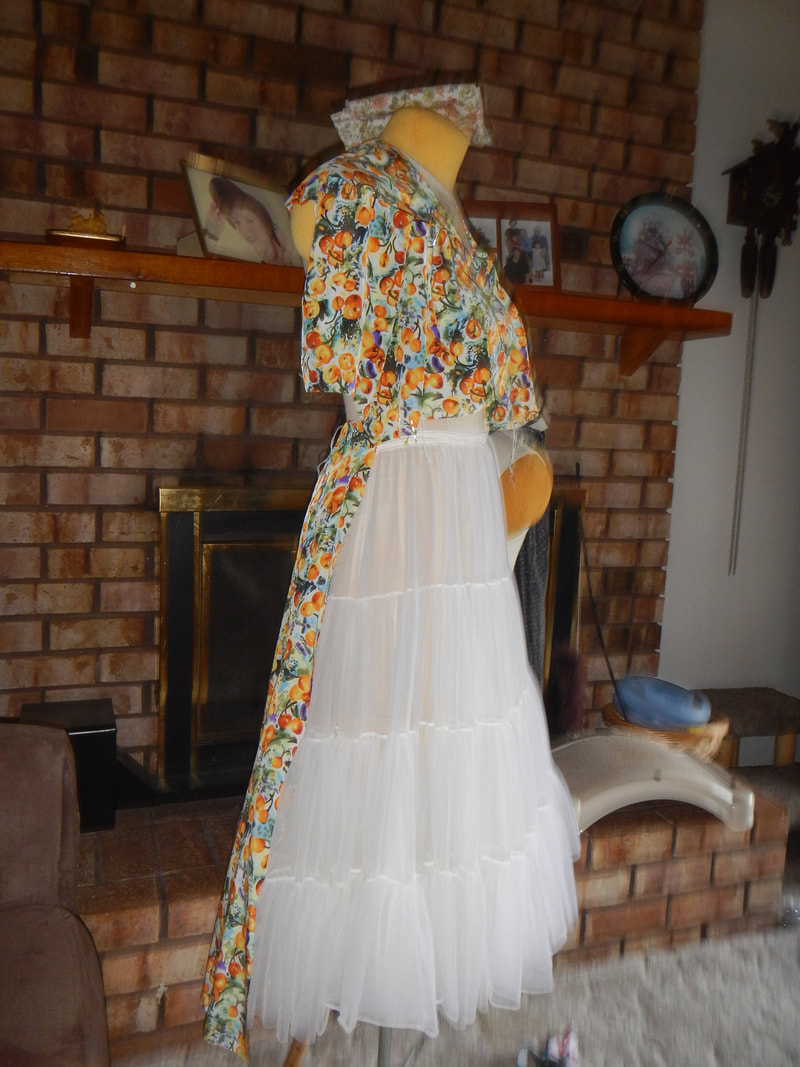
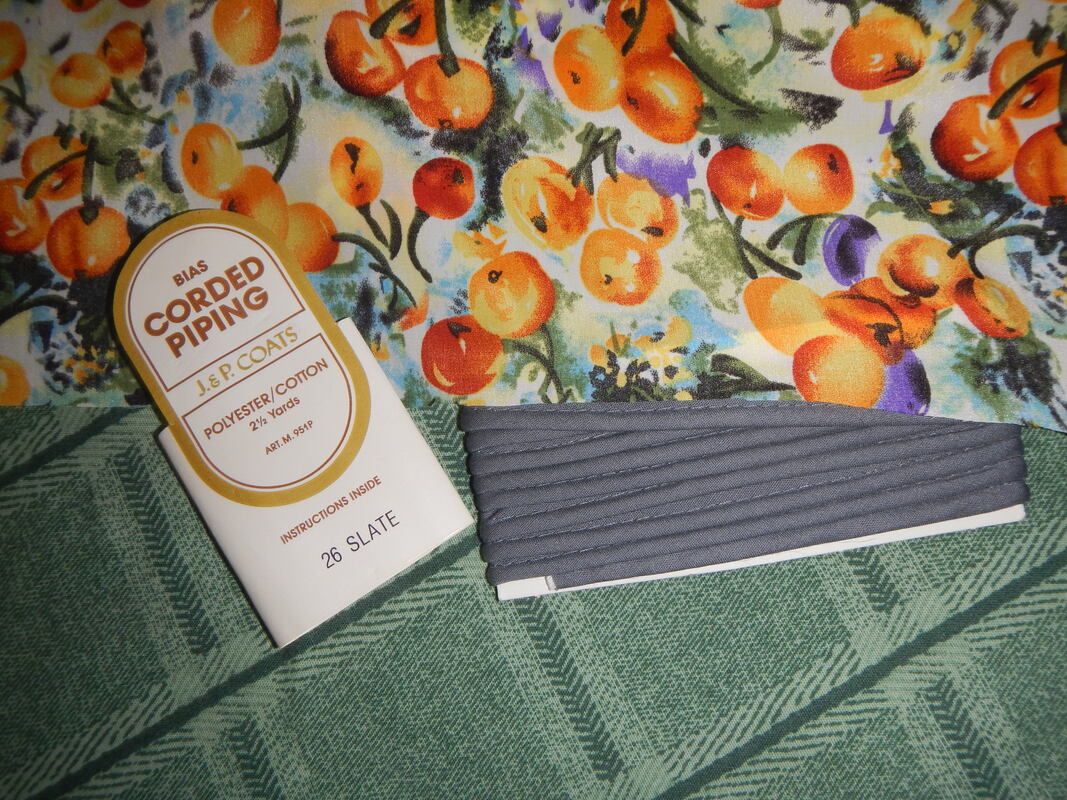
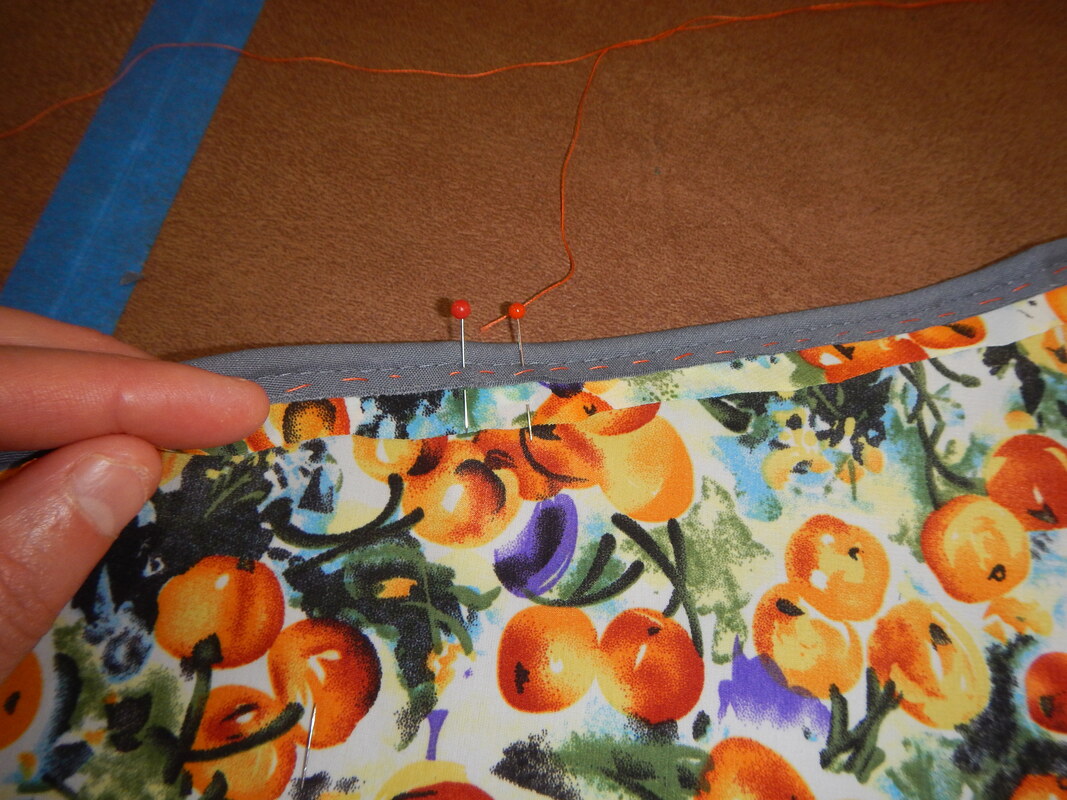
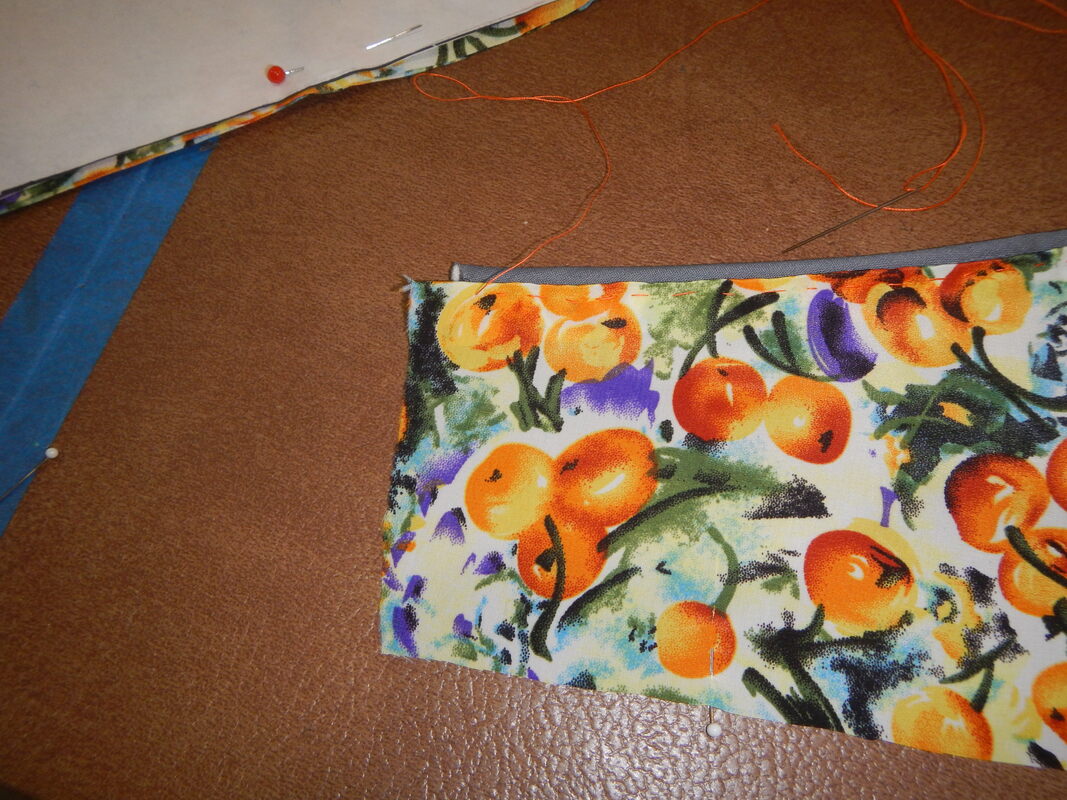
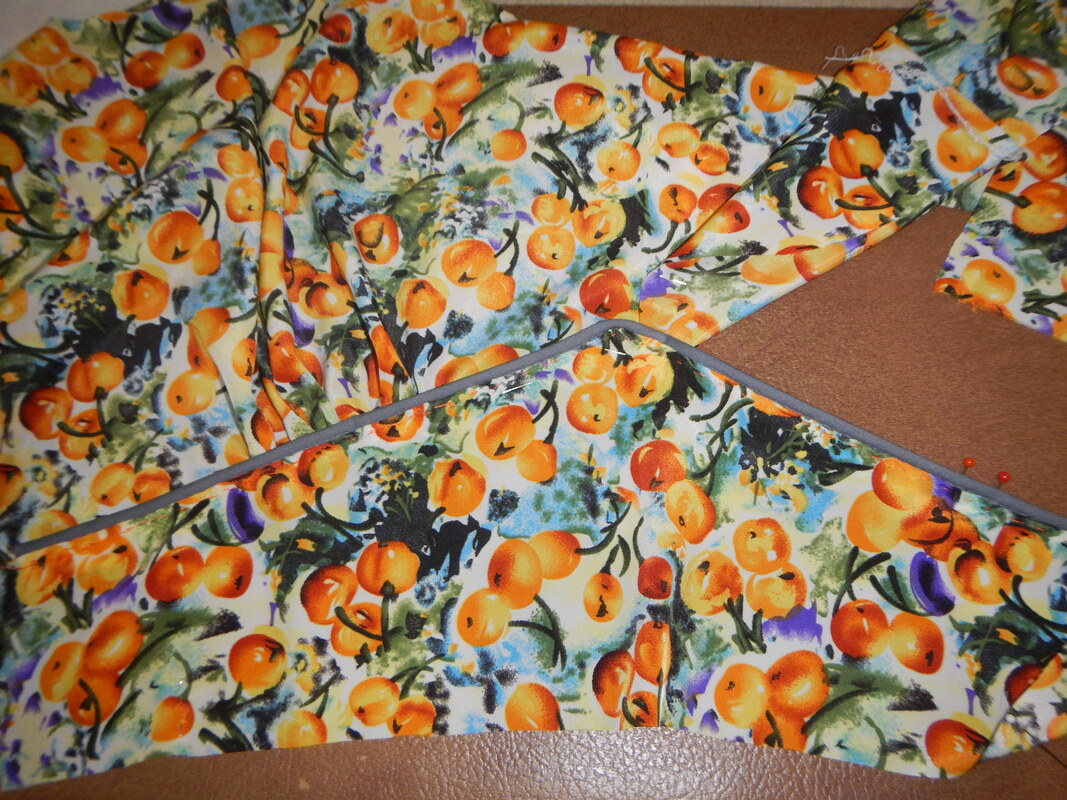
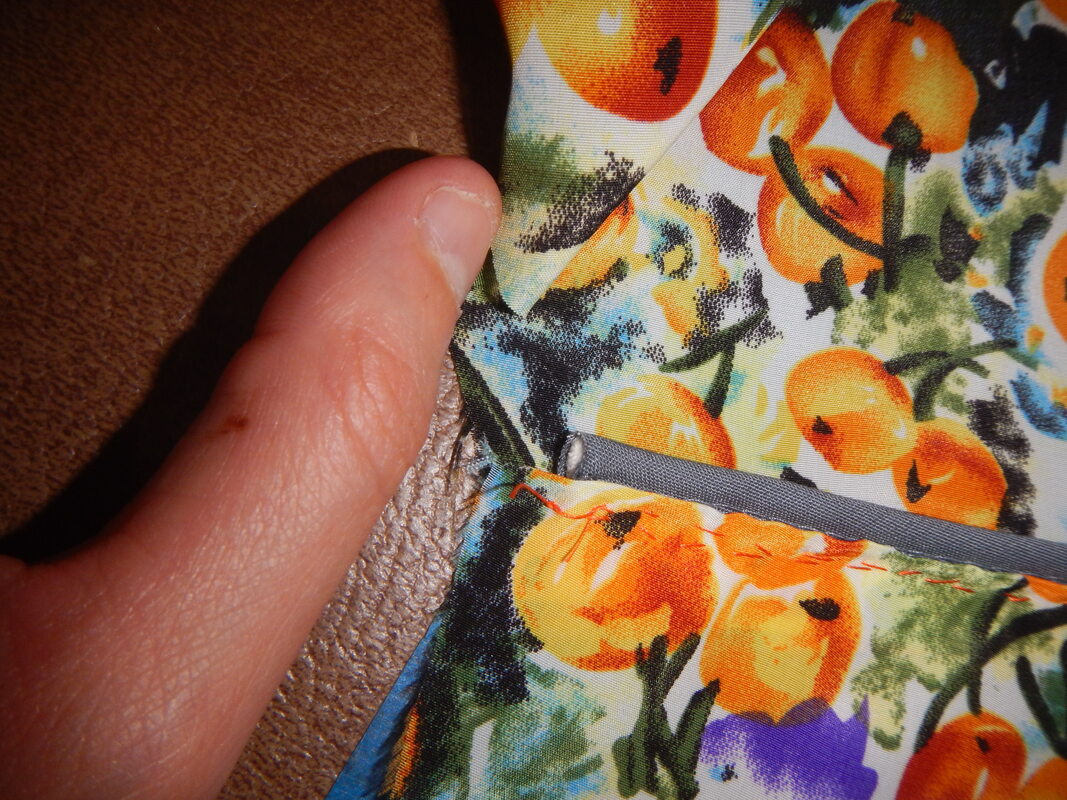

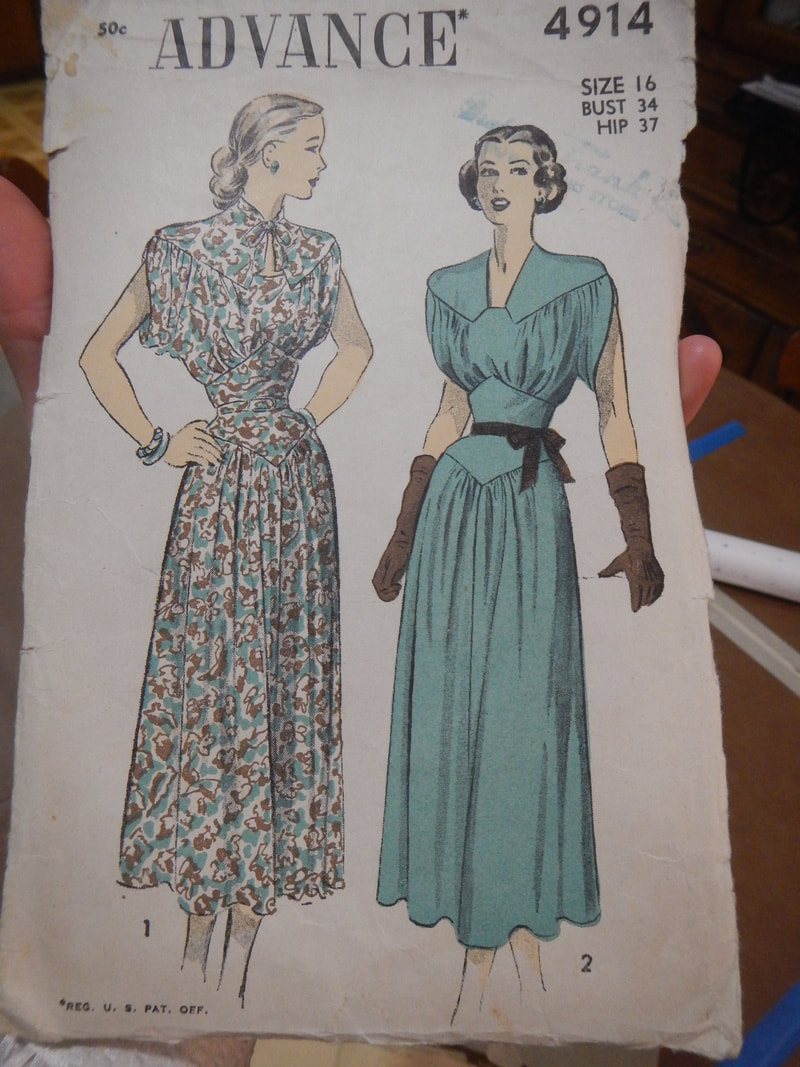
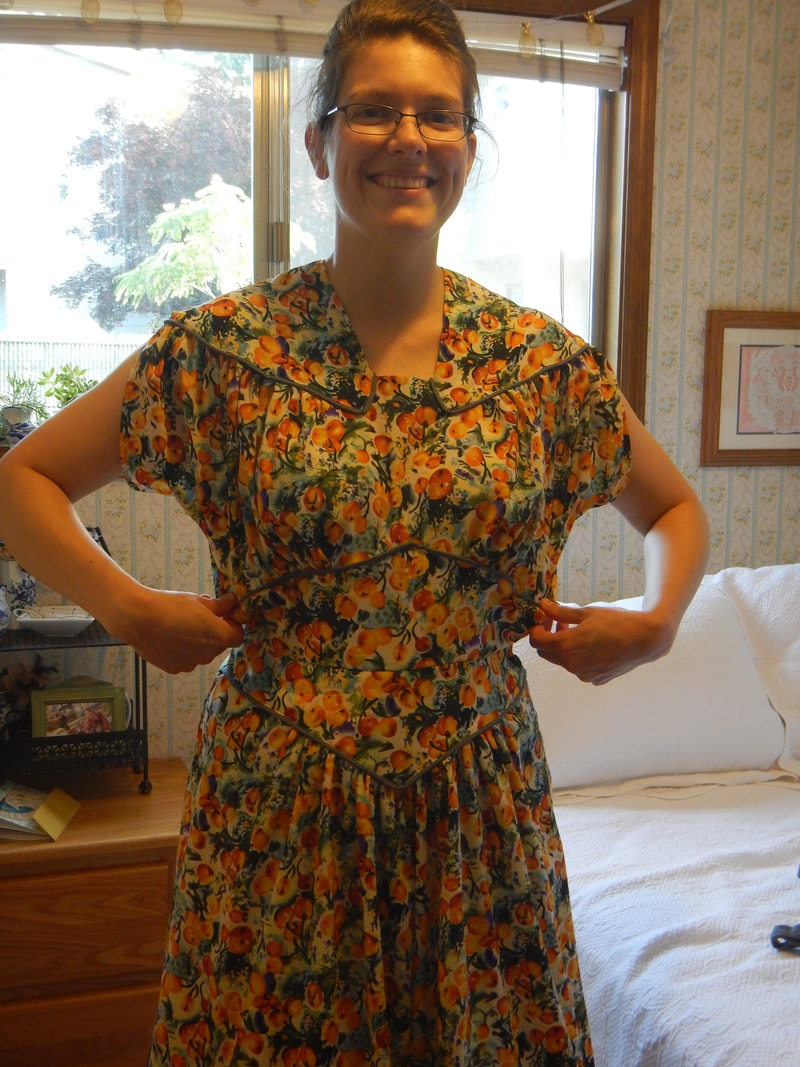
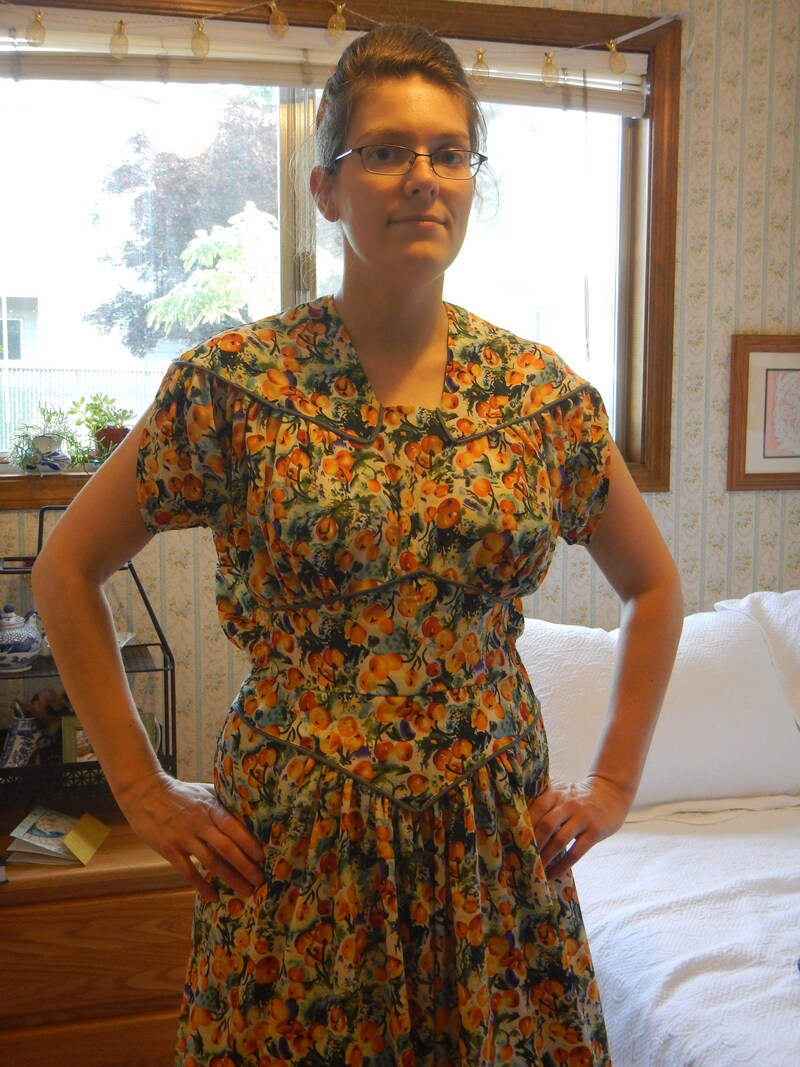
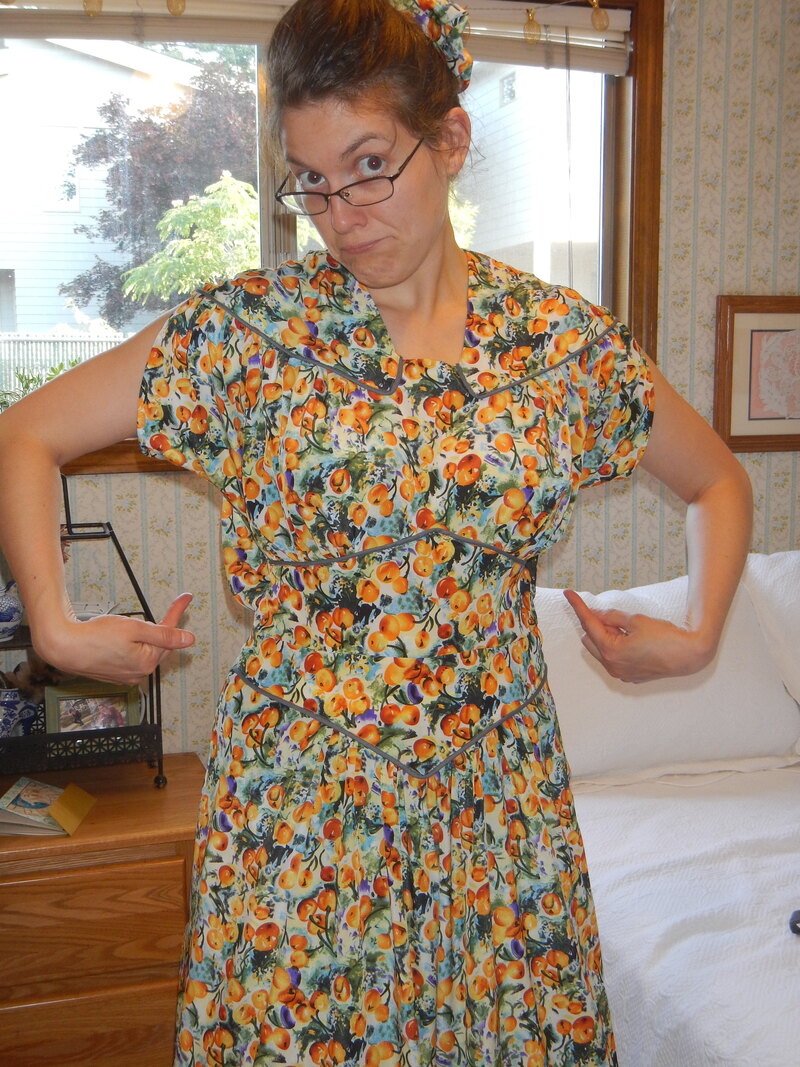
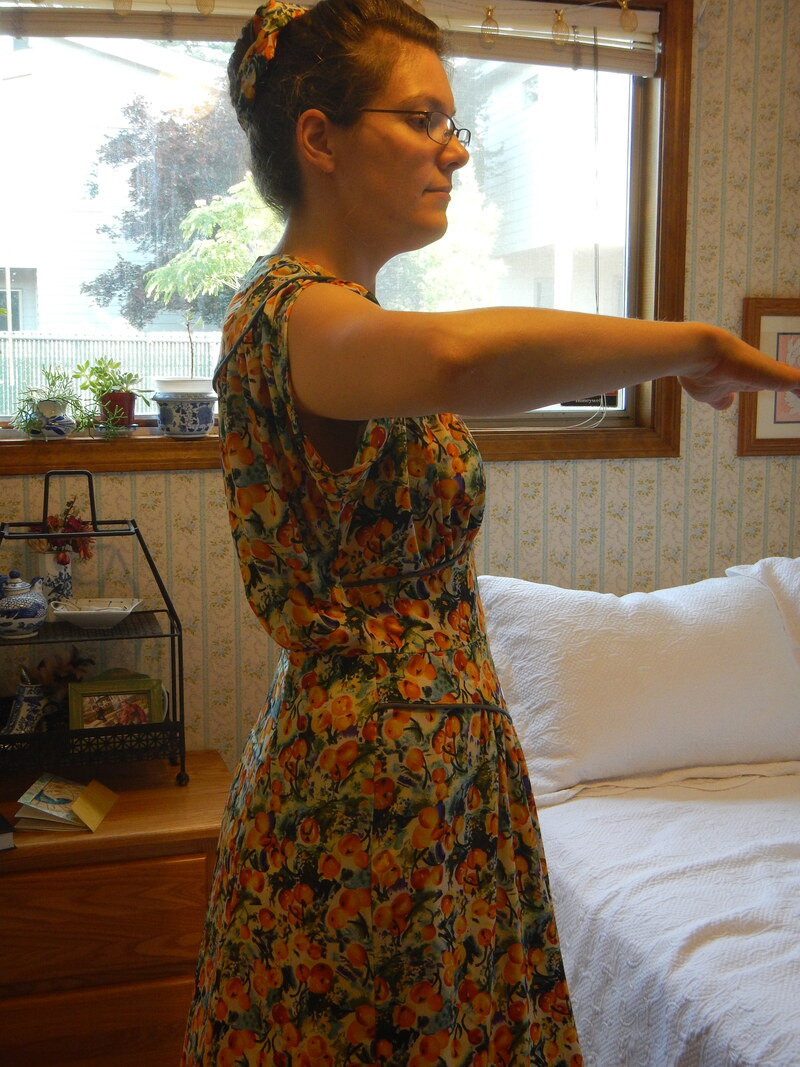
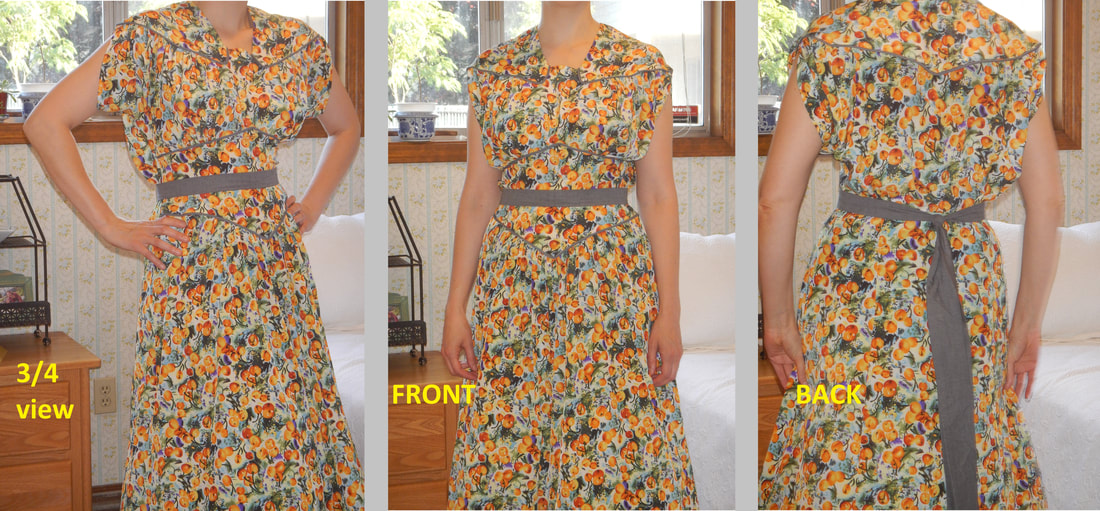
 RSS Feed
RSS Feed